As one of the most profitable markets in global industry, ceramic tile deserves more attention, and its trends alike. Following the vast global industry, besides the price increase, of ceramic tile not only leads us to some interesting information, but it also helps us trade in this market with lower risk and higher success. In 2020, the market for ceramic tiles was estimated to be worth 50.84 billion USD. It is anticipated that the market will grow from its current value of $ 54.41 billion in 2021 to a value of $ 77.82 billion in 2028 at a compound annual growth rate (CAGR) of 5.2 percent from 2021 to 2028. Because of the enormous and overwhelming impact that the COVID-19 epidemic has had on the world, demand for the commodities has fallen across all industries. Based on our findings, it appeared that the global market would experience a decline of 9.7 percent in the year 2020.
The sudden increase in CAGR can be attributed to the fact that demand and growth in this business will return to the levels they were at before the pandemic once it is over. The ceramic tile sector is being propelled forward by a rise in building work and an accompanying uptick in national spending in the expansion of existing physical infrastructure. Increased demand for the goods can be attributed to characteristics such as the item's exceptional durability, resistance to water and cracking, and attractiveness. When it comes to redecorating and rearranging the inside of homes, places of business, shopping malls, and other types of buildings all over the world, ceramic tiles are quickly becoming the material of choice. Additionally, factors such as a growing population and a rise in the amount of money that is considered disposable contribute to market expansion.
Trends in Ceramic Industry
It is important to stay up-to-date in every field, including ceramic industry. In order to sell more and better, the producers must follow the current trends which help them exceed in selling in competition to the other sellers. Large Sizes: Large and thin ceramic tiles are being used more frequently every day. They're also utilized for walls, tables, and hotel counters. Modern machinery and clay additives have enhanced production overall. Ceramic Tiles Everywhere: In earlier years, we might see peaks in this trend, but this year, we saw porcelain tiles everywhere! Tile makers are getting creative with ornamental ceramics. Tiles can be utilized to embellish floors and walls outside of the bathroom. 360-degree ceramic kitchens: Kitchens have evolved over time. Ceramics were utilized in walls, floors, and even lengthy worktops where chefs sliced meat and vegetables without a cutting board.
Built-in induction cooktops atop ceramic slabs drew our eye. Modern and useful. Loved it. Pools Are not Blue: Today, pools can be made from a variety of materials and blended in different ways. Blue gresite tiles no longer line pools. Imagine a pool with anti-slip wood imitation tiles for the floor and medium-sized white tiles for the porch walls. Stylish Bathroom: Ceramics have long been used in bathrooms as sanitary appliances and tiles, but they're also being used in inventive ways to construct stylish bathrooms. We saw everything from tiny wall tiles and mosaics to granite-like shower fittings. Matte sanitary ware will likely continue to gain appeal. Super High-Definition Printing: Printing quality has impressed us. This has improved significantly.
High-definition printing is used to make "beautiful" wall and floor tiles and to resemble stone, wood, and other natural materials. Unless you touch them, you wouldn't know they were printed. New eco-friendly water-based inks are emerging, and we expect this trend to continue. Industry 4.0: Complete production and sales integration has been a market requirement for decades. For the best product, processes are entirely automated. Digitalization affects marketing, design, process integration, and control. High-definition printing heads can create murals and nature imitations, and websites that enable you build your own space can help you picture how a brand's tiles would look in your kitchen. 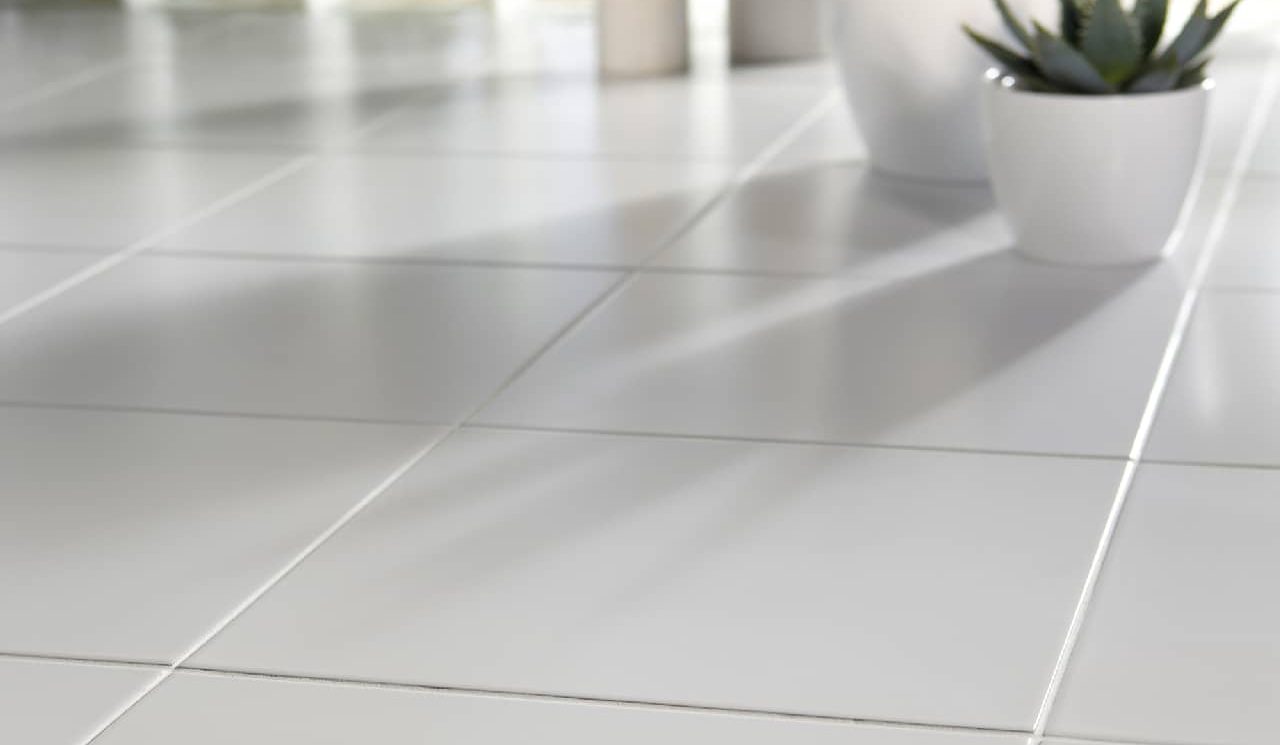
Ceramic Tiles Market Size
In 2020, the market for ceramic tiles had a financial size worth USD 207.7 billion. The rise in extra income, population growth, remodeling and construction activity, and expansion of consumer and corporate interests have all contributed to the growth of the ceramic or marble tile market. The growth of the coordinated retail sector and the rise in popularity from developing nations paved the way for market expansion. Nevertheless, the market's expansion is constrained by fluctuating natural material prices and escalating regulations and levies. Each country's GDP was severely impacted by the coronavirus. The global economy has been destroyed by the nationwide lockdowns and the closure of small businesses.  The world has entered a global slowdown as a result of consumers' overall declining interest, and an immediate full recovery is not typical. Because lockdowns are inconvenient, many development initiatives and activities, including government framework projects, that were once under progress, were completely stopped. The development industry is labor-intensive, like other industries. Massive unemployment in the development sector sparked an endless frenzy that pushed workers to return to their home nations to spread the pandemic.
The world has entered a global slowdown as a result of consumers' overall declining interest, and an immediate full recovery is not typical. Because lockdowns are inconvenient, many development initiatives and activities, including government framework projects, that were once under progress, were completely stopped. The development industry is labor-intensive, like other industries. Massive unemployment in the development sector sparked an endless frenzy that pushed workers to return to their home nations to spread the pandemic. 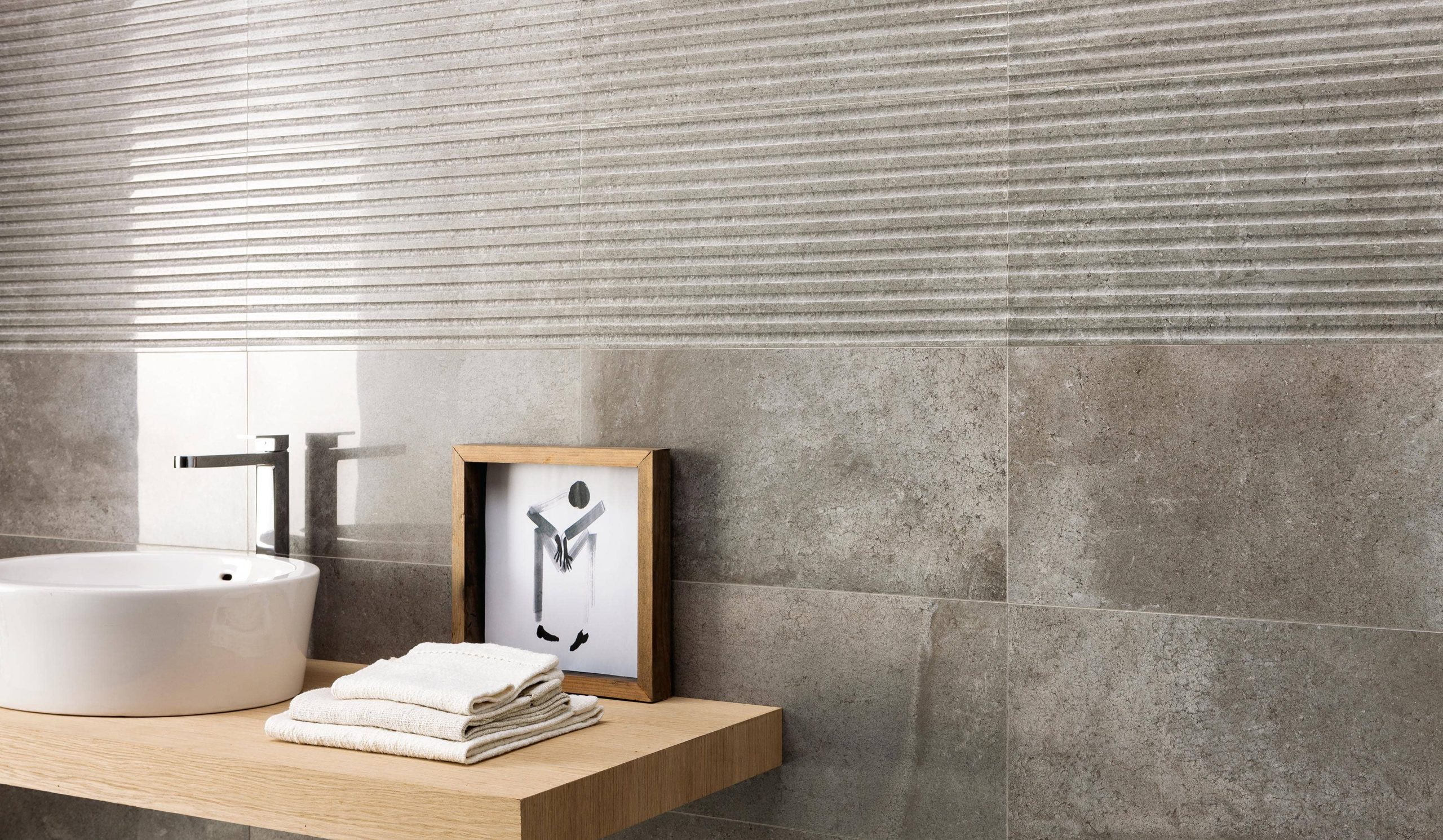 In fact, development groups will work with less money, work, and working hours even if certain countries facilitate lockdown restrictions, which would further delay the delivery of projects. According to estimates, government projects will initially continue working, but because they need scheduled income, even the government will find it difficult to finance the large-scale endeavors through the end of the year. The ceramic tile industry also felt the effects of the downturn in the development sector. In addition to the closure of creation offices, a few jobs in the business and modern development sector will be eliminated, which will result in a decline in demand for ceramic tiles in 2020.
In fact, development groups will work with less money, work, and working hours even if certain countries facilitate lockdown restrictions, which would further delay the delivery of projects. According to estimates, government projects will initially continue working, but because they need scheduled income, even the government will find it difficult to finance the large-scale endeavors through the end of the year. The ceramic tile industry also felt the effects of the downturn in the development sector. In addition to the closure of creation offices, a few jobs in the business and modern development sector will be eliminated, which will result in a decline in demand for ceramic tiles in 2020. 
Ceramic Tile Price Increase
The fluctuating trade of raw materials has an impact on the price increase of ceramic tiles. In the ceramics sector, this word started to be used often in 2017. Early April will also mark the start of pricing rises for 2021. This year, unlike prior years, tile price hikes are more frequent and have been higher. Why is the increase in ceramic wall tile prices in 2021 more pronounced? The following list of factors can be used to summarize Mabry Tiles-Decoration Institute. First off, particular raw materials will no longer lead the increase in raw material prices in 2021; instead, there will be a significant price increase across the board. On the one hand, the price of direct raw materials used to produce ceramic tiles has increased.  The raw materials used by upstream and downstream associated businesses, such as carton factories, packaging tape factories, printing factories, and transportation companies, have, on the other hand, showed growth trends of varied magnitudes. Second, when gas costs are growing in major producing regions, the coal-to-gas program has a significant negative impact on kilns' ability to produce. On the one hand, some businesses yelled that they would immediately shut down the kiln and cease manufacturing if natural gas prices climbed once further. On the other side, the manufacturing capacity could not be fully opened due to the limited gas supply.
The raw materials used by upstream and downstream associated businesses, such as carton factories, packaging tape factories, printing factories, and transportation companies, have, on the other hand, showed growth trends of varied magnitudes. Second, when gas costs are growing in major producing regions, the coal-to-gas program has a significant negative impact on kilns' ability to produce. On the one hand, some businesses yelled that they would immediately shut down the kiln and cease manufacturing if natural gas prices climbed once further. On the other side, the manufacturing capacity could not be fully opened due to the limited gas supply.  Third, there is a large market demand. Self-built homes, home improvements, tooling, and other projects that were put on hold in 2020 as a result of the Covid-19 outbreak may appear to be high-volume and short-term in 2021 as demand for production capacity increases. Finally, the production capacity and typical ceramic tile kilns are actually limited. The number of modified kilns is significantly higher than that of newly constructed kilns as a result of major companies and brands stepping up their efforts to enter the slab and floor paving market and as slabs and floor paving have started to enter the high-speed growth period. This has led to the emergence of various conventional products. The production timeline is constrained.
Third, there is a large market demand. Self-built homes, home improvements, tooling, and other projects that were put on hold in 2020 as a result of the Covid-19 outbreak may appear to be high-volume and short-term in 2021 as demand for production capacity increases. Finally, the production capacity and typical ceramic tile kilns are actually limited. The number of modified kilns is significantly higher than that of newly constructed kilns as a result of major companies and brands stepping up their efforts to enter the slab and floor paving market and as slabs and floor paving have started to enter the high-speed growth period. This has led to the emergence of various conventional products. The production timeline is constrained.

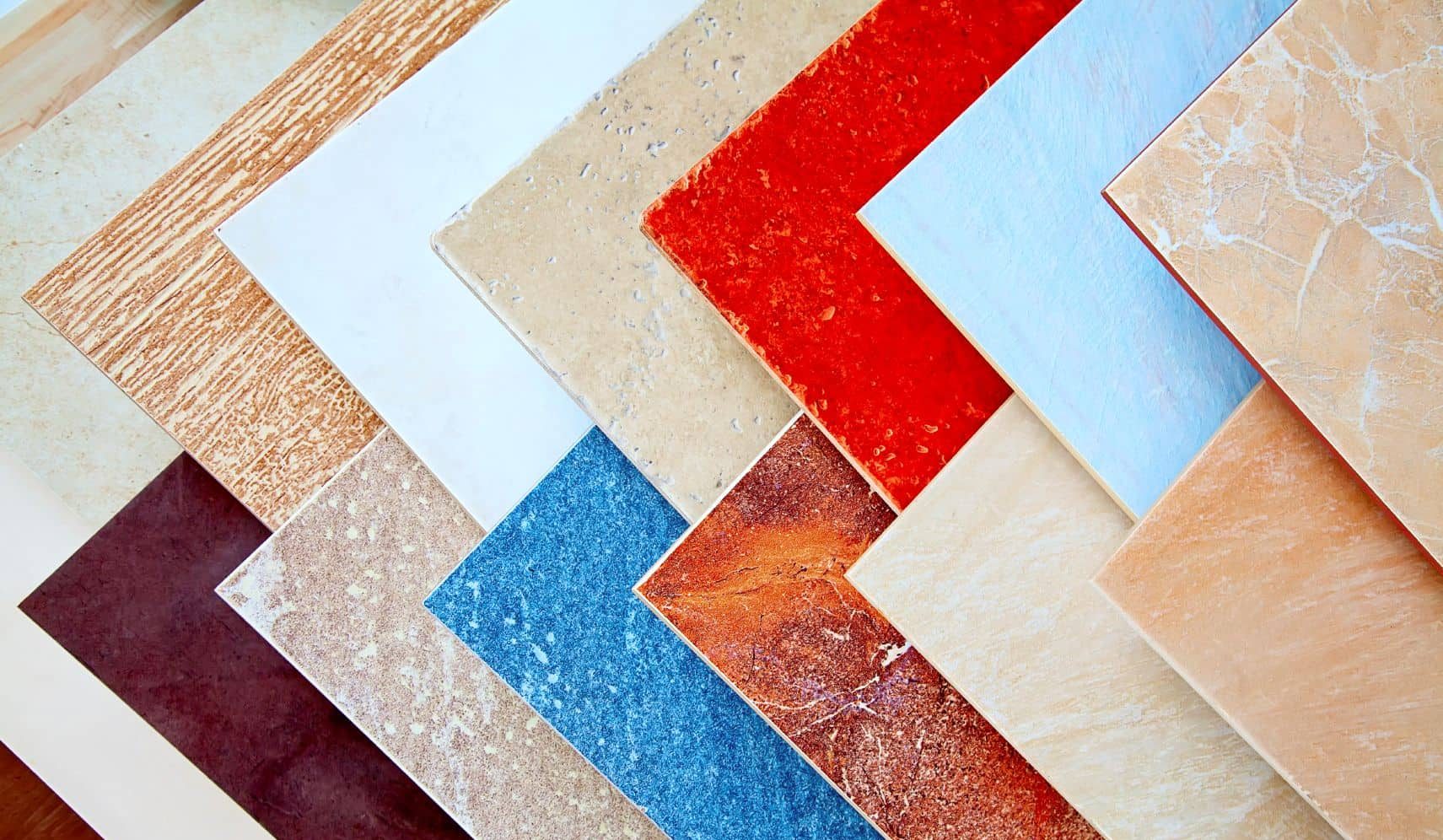

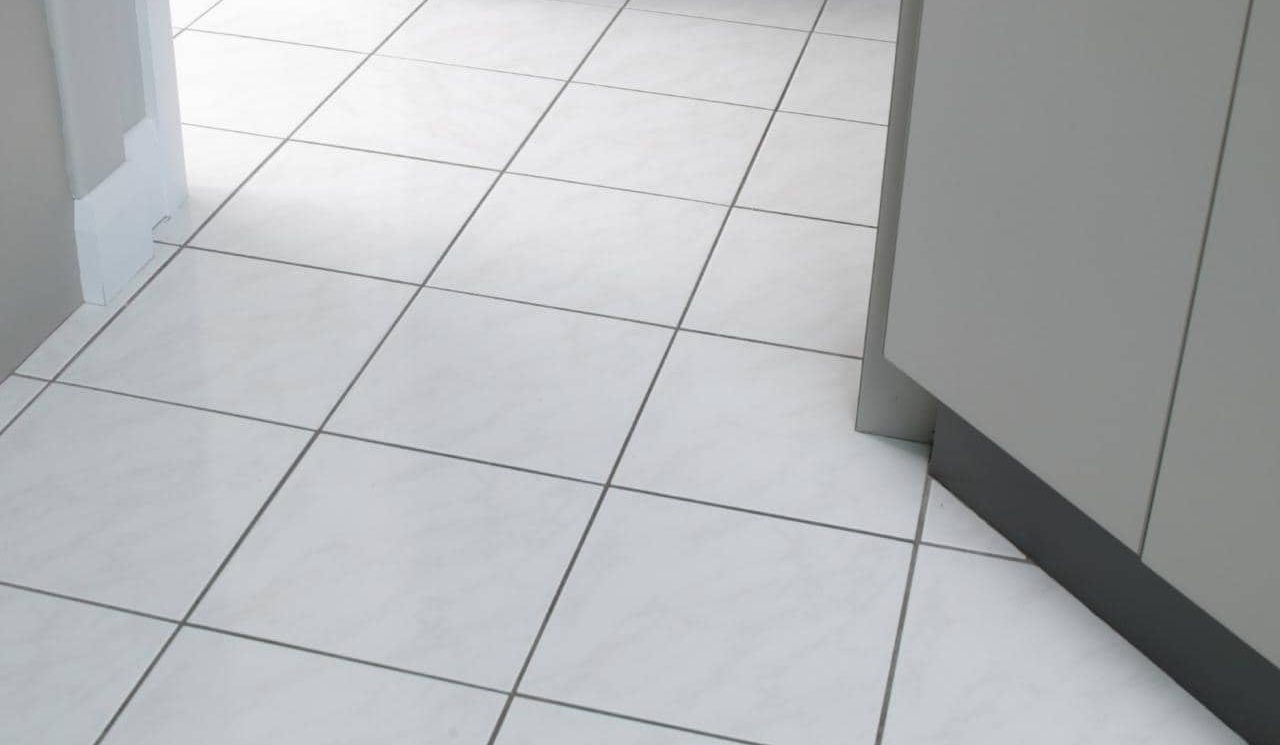
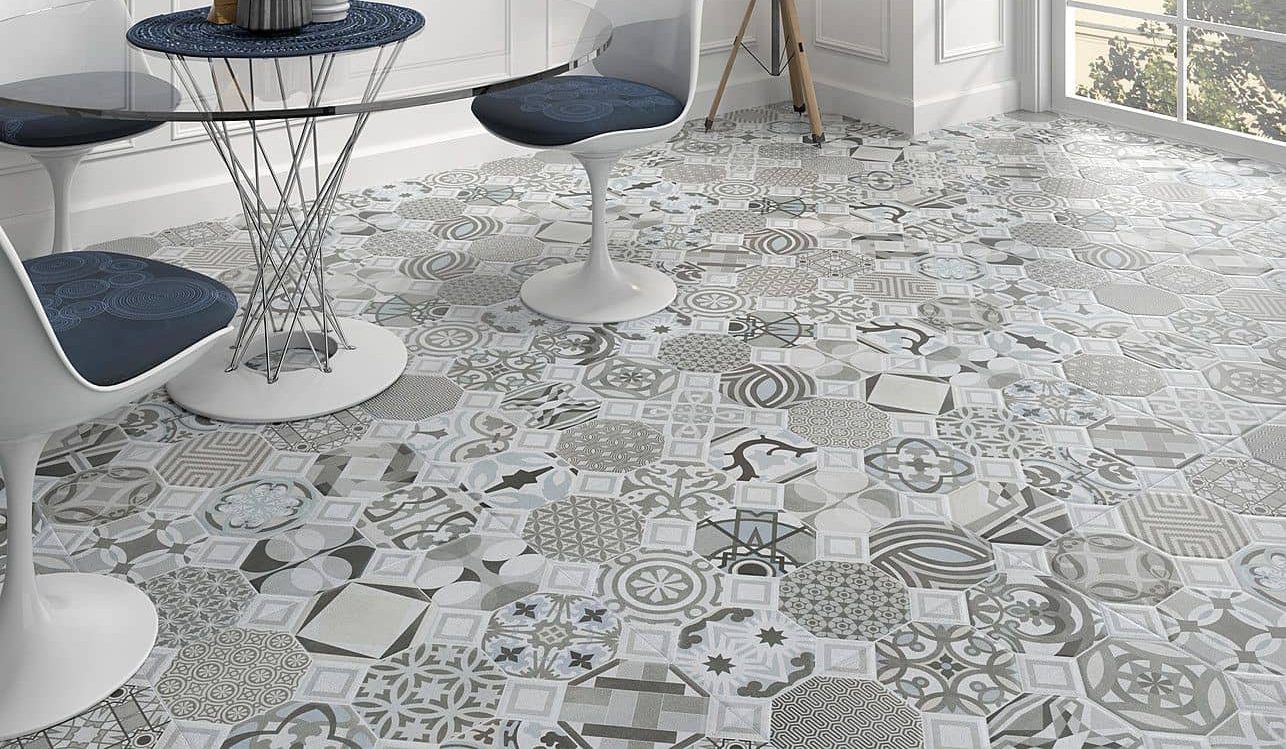
0
0